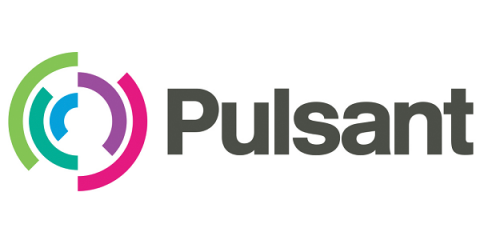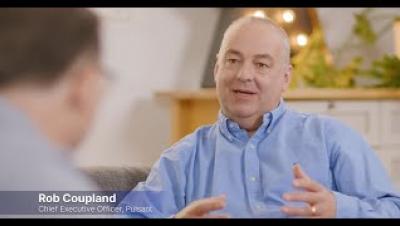LinkPool: Laying the foundations of a crypto ecosystem
Blockchain-generated smart contracts are transforming the way the world creates and settles agreements. Jonathan Huxtable and the team at LinkPool are using platformEDGE™ to connect these contracts with real-world data sources. In 2017, Google searches for the term Bitcoin peaked. It seemed like everyone was talking about cryptocurrencies. For Jonathan Huxtable, this surge in interest didn’t come as a surprise. In fact, he’d predicted it.



